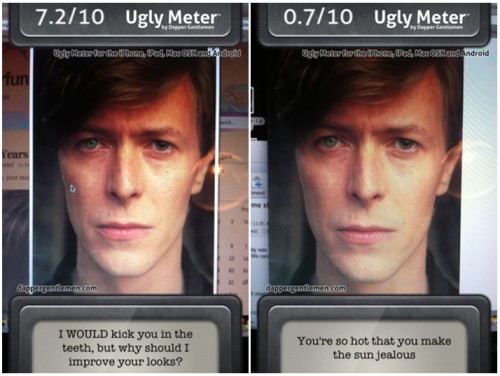Florence Colgate recently won the title of Britain’s Most Beautiful Face. The competition, which attracted more than 8,000 contestants, was sponsored by Lorraine Cosmetics. The company compared each face to a mathematical algorithm representing beauty. Florence, who is blonde and blue-eyes, came out on top:
[youtube]https://www.youtube.com/watch?v=YQjFFTezh5I[/youtube]
An example of the formula from the Daily Mail:
A woman’s face is said to be most attractive when the space between her pupils is just under half the width of her face from ear to ear. Florence scores a 44 per cent ratio. Experts also believe the relative distance between eyes and mouth should be just over a third of the measurement from hairline to chin. Florence’s ratio is 32.8 per cent.
So, it’s science, right? Well, that plus (at least) a little bit of racism. Carmen Lefèvre, a psychologist, was quoted explaining why Florence was so “classically” beautiful:
Florence has all the classic signs of beauty. She has large eyes, high cheekbones, full lips and a fair complexion. Symmetry appears to be a very important cue to attractiveness.
How did “fair complexion” get mixed up in there?
Not an isolated incident either. Tom Megginson, of Work That Matters, reported on Britain’s Most Beautiful Face and added in another example of “objective” measures of beauty conflating light with pretty and dark with ugly. This time it’s an app called Ugly Meter. You take a picture of your face and it tells you if you’re hot or not. What Megginson noted was the overt colorism. One attractiveness finding read:
For what it’s worth, he also scanned in some famous faces and found it to be, let’s just say, inexplicable and inconsistent:

Okay, well it might be right about Barbie. (Ha! I beat you to it, commentors!)
Ugly Meter, by the way, is offering a cash prize for the ugliest face. So… the world is keepin’ it balanced, I guess.
Lisa Wade, PhD is an Associate Professor at Tulane University. She is the author of American Hookup, a book about college sexual culture; a textbook about gender; and a forthcoming introductory text: Terrible Magnificent Sociology. You can follow her on Twitter and Instagram.











